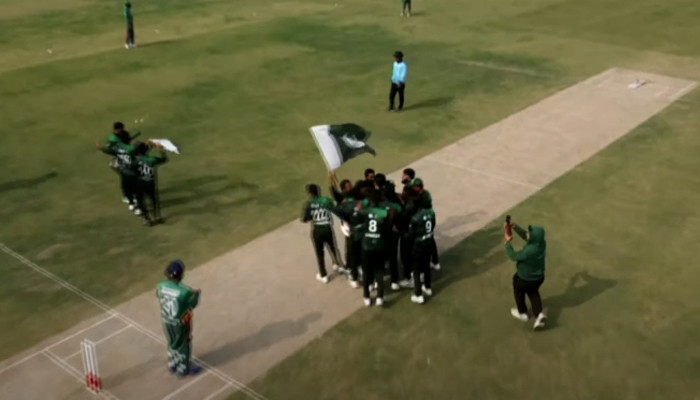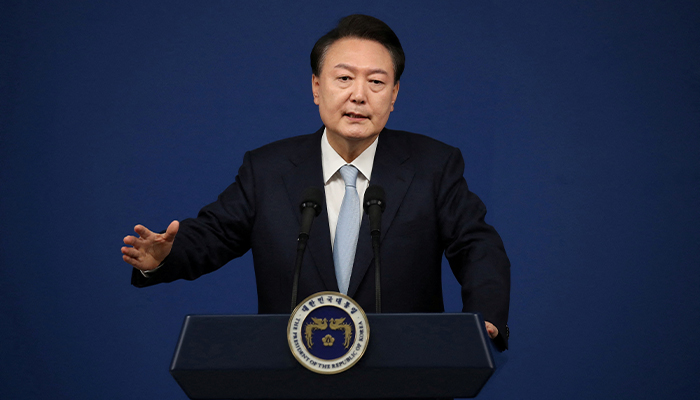Travel
COLUMN: HINDI AND URDU
字号+ Author:Smart News Source:Health 2025-01-14 03:38:42 I want to comment(0)
Since my last column about Saadat Hasan Manto’s story ‘Tamasha’, I came across his sketch ‘Hindi Aur Urdu’ (1954). Then I read Firaq Gorakhpuri’s ‘The Hindi-Urdu Issue.’ I encountered new ideas about these languages, both of which I’m learning. In Mirza Ghalib’s day, Urdu and Hindi were often seen as interchangeable. While implicit divisions existed, these began to congeal after 1857. By Manto’s time, in the decades straddling Partition, fierce disputes were taking place over what the nations’ and regions’ official languages would be. A new subgenre of literature emerged: writing about Hindi and Urdu, and the intimate dance between them. Here I explore two fine examples, though others could have been chosen. Manto was a dissenting Muslim author, who drank alcohol and wanted his corpse not to be buried. Gorakhpuri was born into a Hindu family as Raghupati Sahay, but adopted his pen-name out of love for Urdu. ‘Hindi Aur Urdu’ translates as ‘Hindi and Urdu.’ Manto invents a trivial squabble between two literary figures — Narain Parshad and Muhammad Iqbal — over the merits of “lemon” (fizzy lemonade) and “soda” (carbonated water). Through this humorous dialogue, Manto satirises asinine arguments over language and identity in colonial India. Parshad, an ardent devotee of Hindi, extols the virtues of lemon, pushing it on to Iqbal as the superior drink. Parshad’s use of Urdu terms such as “goya” [supposedly], “bashaash” [liveliness] and “izhaar karna” [to express] adds a countercurrent of irony. Manto winks at multilingual readers, showing that, although Parshad is the champion of Hindi, his arguments are laden with diction borrowed from Arabic and Farsi. David Lunn writes: “instead of articulating their own opinions on lemon or soda… both simply state that they’re following their elders’ injunctions.” Yet each speaker uses such English words as “soda”, “mix” and “machine.” This exposes the tangled power relations between the three languages and, by extension, the cultures they represent. Traditional Indian lemon-water drinks provide relief from the heat. They give electrolytes via the spices, and calories from the sugar that is often added. The bubbles are the new element, introduced to Indian cuisine by outsiders. Manto implies the languages are one, just with different flavours — and that the British have corrupted them. Although both men’s attitudes hint at a longing for unity rather than division, they refuse to compromise through blending soda and lemon. Neither author can agree which beverage will go in the glass first. A rich seam is tapped by considering this fusion idea, which resembles Gandhi’s vision of an intermingled tongue for post-Independence India. Gandhi spoke up for a synthesis of cultures and languages, rather than separation. But he kept his notion vague, leaving the door open for conflict. The imaginary conversation indicates that the vim of a language lives in speech, and in written forms that reflect oral usage. The row over lemon and soda can be seen as an attempt to codify language, creating rigid categories where none exist. As for Gorakhpuri, in the 1960s, he wrote contentious essays and columns tackling the Urdu-Hindi debate. A round-up of his pieces appears on Rekhta.org. Gorakhpuri lambasts the socio-linguistic and psychological ramifications of postcolonial language politics. Imposing complex Sanskritised vocabulary on everyday Hindi, especially in official and educational settings, is misguided. He warns of the dangers of linguistic rigidity. Language should be a bridge rather than a wall. The essay opens with an absurd example: a government official, despite his education, misuses English to say, “YOU ARE VERY LAZINESS.” Having learnt unnatural terms like Hindi’s “akarmantri/ akarmantriyati” instead of Urdu’s “sust/susti” or “kaahil/kaahli” for “lazy/laziness”, his grasp of grammar is weak. Gorakhpuri traces this confusion to the demand for “jaw-breaking words” from Sanskrit. Such flowery words feel alien even to native Hindi speakers. By attempting to “purify” Hindi through Sanskritisation, Gorakhpuri argues, politicians stifle intellectual growth. Forcing Hindi speakers into an artificial linguistic mould deprives them of the organic, evolving nature that language inherently possesses — its fizz, as Manto might have it. Regulating language is trying to control a river by building dams and diverting tributaries. Like lemon and soda, though, language is fluid and finds its own way. Gorakhpuri’s frustration is palpable in his mention of Hindi aficionados who conclude Sanskrit should be the national language due to Hindi’s “clumsiness”. This is paradoxical, for the severity foisted on Hindi is the cause of the perceived awkwardness. By comparing Hindi unfavourably with Urdu — specifically its lucid prose and poetry — Gorakhpuri highlights Urdu’s potential as a moderating influence. Its inclusion could balance Hindi’s lexicon and syntax, forming a composite register that is adaptable and expressive. Languages are a messy business. Tongues borrow from and lend to each other in an exchange that, while mutual, is often unequal. Clinging too hard to purity is counter-productive. I think attempts to ‘cleanse’ both Hindi and Urdu ushered in linguistic colonisation by English. It was a mistake to erect barriers against Farsi/Arabic and Sanskrit respectively, not noticing the overbearing foreigner barging in. Linking language policy to justice, Gorakhpuri sounds the alarm about real-world consequences. He holds that an overly classical Hindi has caused widespread administrative inefficiency and judicial failure. A “lack of evidence” cited in acquittals is not just a procedural problem, he claims. It often stems from lawyers’ inability to articulate cases clearly, due to their compromised command of Hindi and English. Gorakhpuri warns of the danger of linguistic purism, especially in multilingual societies, where language can be both a unifying force and a source of division. While Manto pokes fun at pomposity, Gorakhpuri is serious about miscarriages of justice. Yet, in their different ways, they arrive at the same verdict. Hindi and Urdu have far more in common than the divides the oppressors introduced. We should not succumb to either/or thinking but plump for both/and. The choice is not between “Hindi or Urdu” but “Hindi aur Urdu.” Manto’s and Gorakhpuri’s work dramatises the fizz and pop of language. A spoken vivacity should be allowed to bubble to the top of northern South Asia’s heady multilingual brew.
1.This site adheres to industry standards, and any reposted articles will clearly indicate the author and source;
 Related Articles
Related Articles-
200 still missing in Bangladesh after kidnapping by forces
2025-01-14 03:07
-
میگھن مارکل کی انسٹاگرام واپسی 2025 کے لیے کیا اشارہ کرتی ہے؟
2025-01-14 01:45
-
میگن مارکل کی انسٹاگرام پہلی پیشی ساحل سمندر کی ایک غلطی بن گئی۔
2025-01-14 01:30
-
وِکڈ کے ڈائریکٹر نے براڈوے کے ستاروں کو سلور اسکرین پر لانے کے بارے میں یاد کیا
2025-01-14 01:08
 User Reviews
User Reviews Recommended Reads
Recommended Reads Hot Information
Hot Information- After meeting Imran Khan, PTI negotiators press govt on demands
- ڈانسنگ وِتھ دی اسٹارز کی فاتح جینا جانسن نے 2024 کو دل سے نکلنے والے پیغام کے ساتھ الوداع کہا۔
- وِکڈ کا کٹ سِین مداحوں میں غصہ کا باعث بنا: اُف، ہم سے لوٹ لیا گیا
- جنیفر لوپیز کا خیال ہے کہ انہوں نے ابھی تک اپنی 'بہترین فلم' نہیں بنائی ہے۔
- Punjab reports 79 new dengue cases: health department
- شکیرہ 2026 کے برطانیہ کے شاندار دورے کے ساتھ زبردست واپسی کرنے والی ہیں۔
- کینے ویسٹ کی دی لاسٹ آف اس پارٹ 2 کے بارے میں مبہم رائے سے ہنگامہ آرائی کا آغاز۔
- شفقت علی خان نئے ترجمان وزارت خارجہ مقرر ہوئے۔
- Demo held against closure of pathways in Mirpurkhas
 Abont US
Abont US
Follow our WhatasApp account to stay updated with the latest exciting content












